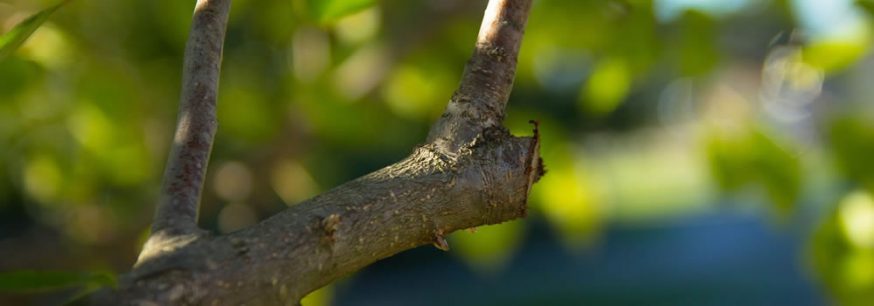Pruning is a regular maintenance procedure for shrub and tree growers around the USA and especially where we’re located in the greater Washington, D.C. and Baltimore areas. While homeowners may find it easy to overlook, pruning is vital to the overall health and appearance of trees and shrubs. Here are a few tips that anyone can practice regardless of your skill level or gardening experience.
- Pruning dead wood.
Whenever you are out in your yard, it is a good idea to check your trees’ health and inspect for signs of disease or dead growth. If you notice ailing or broken branches, remove them with a sharp cut. A tree is less likely to become infected through a clean-cut than through large or irregular open surfaces. The best time to prune trees is during early spring or late fall, when the plant is dormant. For shrubs, a good rule of thumb is to prune early flowering shrubs after they bloom, and to prune late-flowering shrubs before spring growth. - Thin crowded stems.
To keep your shrubs manicured and attractive, try thinning the stems on a regular basis. First to go are the stems that have already declined in flower production. Typically this happens when the stem grows too tall, although it varies from plant to plant. By cutting away the newest growth as well, the strongest stems receive most of the energy and nutrients. - Remove suckers early.
If you grow fruit trees, you’ll need to watch out for suckers. These grow vertically, either from the branches or directly from the roots. To prevent them from becoming a major problem, make sure to remove them at their base. If they are too thick to tear off by hand, you will need to manually cut them off.
These are just a few basic pruning tips for beautiful shrubs and trees. Because each plant species is different, what works for one plant may not work for the other. Another thing to be careful about is where you prune branches. The best spot is just beyond a new bud at an angle, but not too close or the bud will dry out.
Contact us information specific to the greater Washington, D.C. and Baltimore areas. We have years of experience dealing with our unique climate and growing areas, with species-specific knowledge and advice for homeowners.
Share this Post

